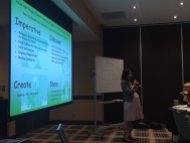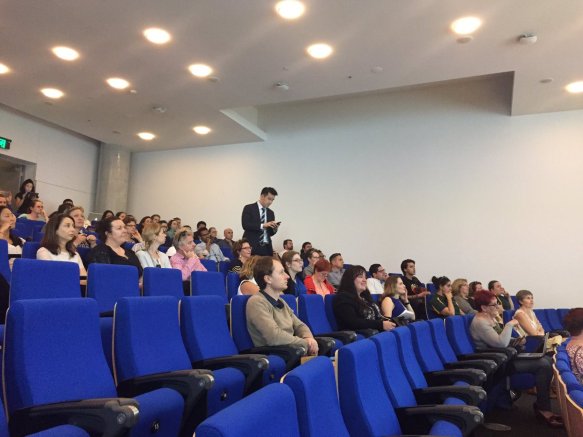In NSW, Australia, teachers, children and young people are getting ready for another year of school. Like many teachers, I like to kick off the year with some ice breaker and team building games. I like to think of my classes as learning communities and for my students to learn how to effectively work with each other, they need to know each other (I’m a science and STEM teacher so many activities involve group work and group projects).
A few years ago, I did team teaching with a drama and dance teacher and was amazed at how well her classes worked together, in a level I have not experienced my science classroom. In these drama and dance classes, students worked productively together. They weren’t afraid to make mistakes in front of each other. They knew how to support each other. They were attuned to each other. I initially thought maybe these classes were just composed of students who were already good friends which is why the group dynamics were so good. But the drama/dance teacher assured me A LOT of work goes into building group dynamics. So I’ve been looking into drama games that would work well in non-drama classes as ALL classes would benefit from developing from students who work well with each other, who empathise with each other, who trust each other and respect each other.
Catch my name – This game helps the class learn each other’s names. Students sit in a circle and a soft object like a small bean bag is thrown to students. The thrower says their name and throws it to another student who says their name when they catch it and throw it to the next student. In subsequent rounds students will need to say their own name and the student’s name they throw the object to. I found this game on Drama Toolkit, where a more detailed description of the game can be found.
Group walks – These are activities that build students’ physical awareness. While such drama games are targeted at developing actors’ awareness of each other’s physical presence on stage, it can also be beneficial for non-drama classes. Being taught to be physically aware of each other’s presence can help students work and learn effectively in large spaces like science labs or open learning spaces. A simple version of this game is to have students walk around in a large space slowly doing various movements like hopping and they need to make sure they don’t bump into each other. Variations and progressions of this game can be found in this blog post.
Count to 20 – I really like this game. As a class, students have to start counting from 1 to 20. Only one student can speak at a time. Any student can start counting and any student can continue the following numbers. However, there is no verbal coordination of who speaks first or next. If two or more students end up saying a number then the class starts from 1 again. See here for a detailed description of the game.
I really like how these games intentionally teach students to work productively as a team. Almost all teachers and all subjects require students to work effectively as a class. These games can be one way of deliberately teaching these skills.






















